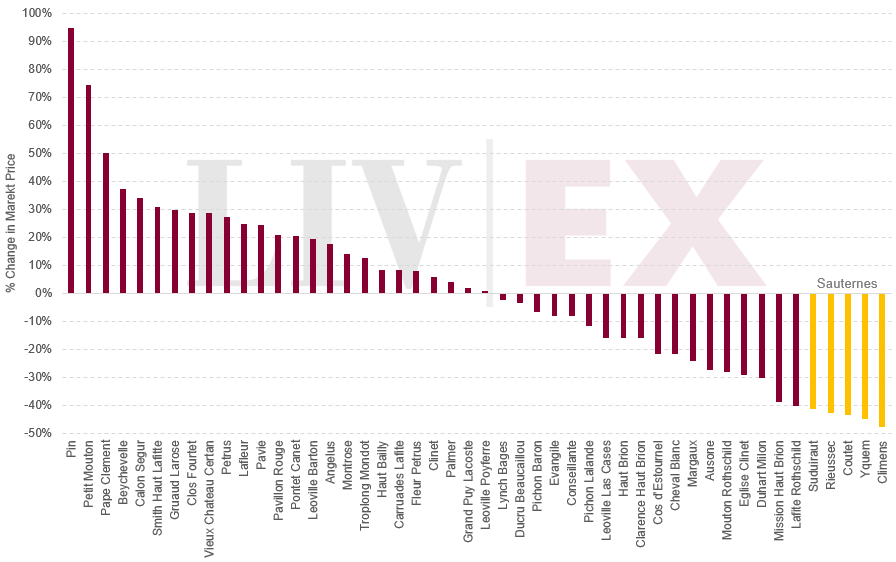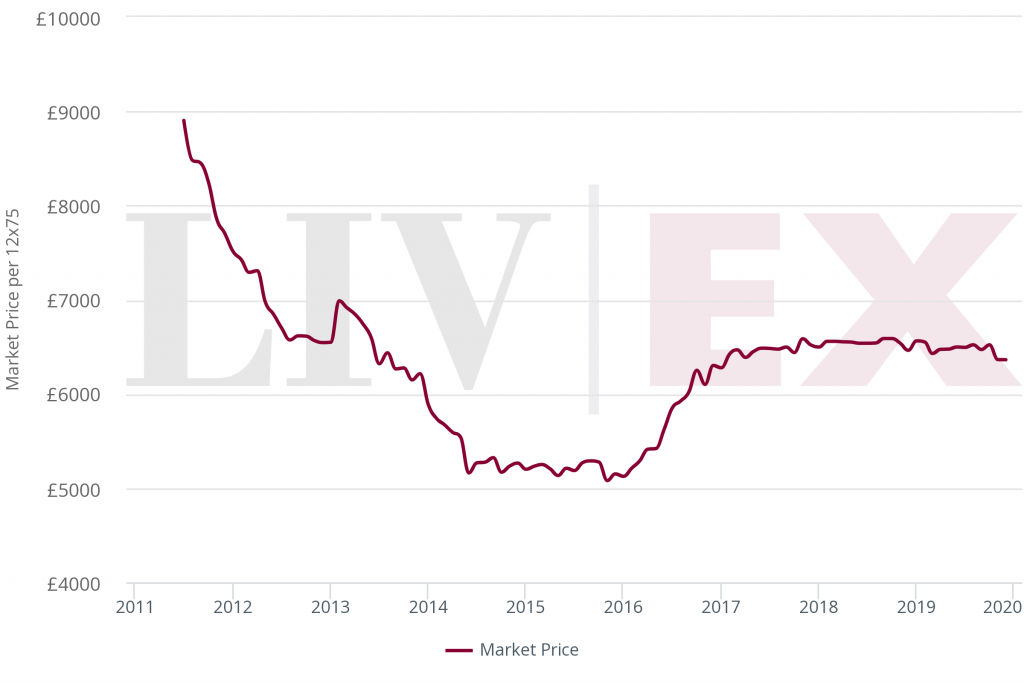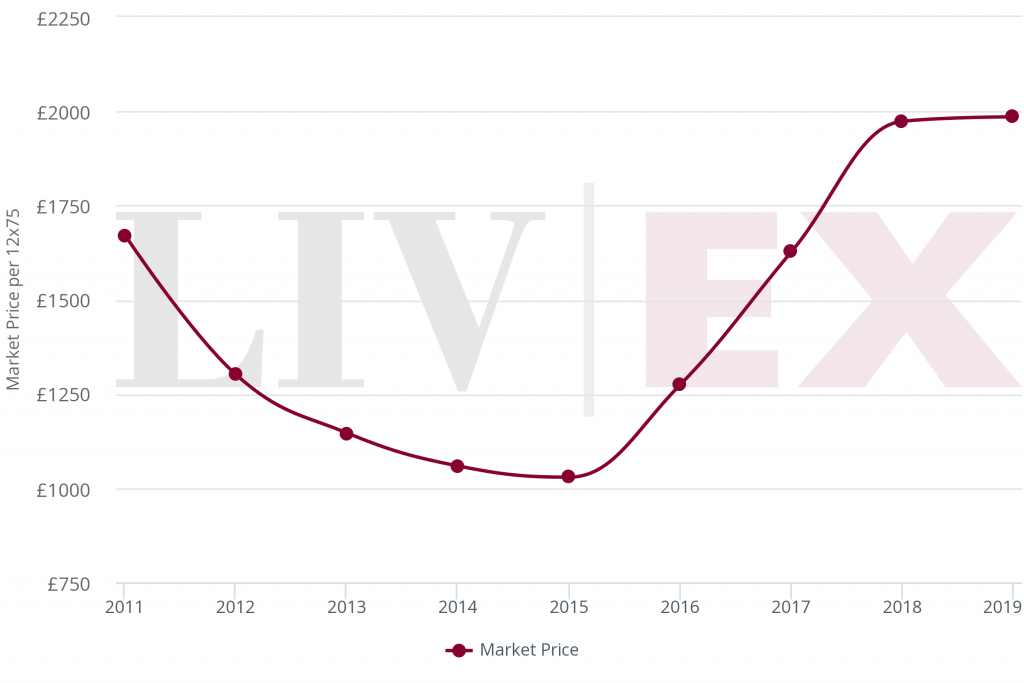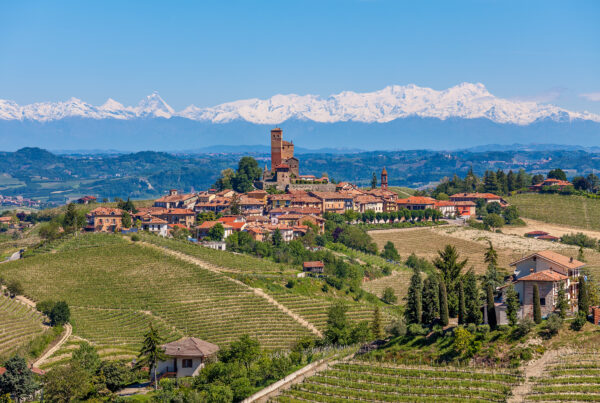Vintage review
Bordeaux 2010 is once again in the spotlight as critics dust off bottles to see how the wines are progressing 10 years on.
The story of 2010 began the year prior, when Robert Parker claimed 2009 to be the best vintage in his career of tasting. The “Parker effect” brought once inactive participants to the market to get a taste of what the critic deemed excellence. Subsequently, the 2009s quickly moved to a premium on the secondary market, as the wines spread around eager hands.
Then 2010 came around. Once again, a highly anticipated vintage as the summer drought led to wines high in alcohol, acidity, and tannin: prerequisites for long-term ageing potential. Chateaux saw this as an opportunity to release the 2010s at a premium (5-20% increase over the previous year). But with cellars full of 2009, those that came out the woodwork for the previous vintage, held back, while speculators were quick to grab large parcels of the new vintage, with the 2009 returns still playing on their mind.
Later that year, began the well documented market turn of the mid-2011s. The speculation did not pay off, and the 2010s were dumped back onto the market – and at a discount. Whereas the 2009s were spread amongst collectors looking for a taste of Parker’s favourite vintage and were held through the decline, the 2010’s were pulling down balance sheets and didn’t carry the same sentiment.
Market Performance
Today, the fifty 2010 wines from the Bordeaux 500 index have an almost uniform spread, having either risen or fallen from their London release, as seen in Chart 1 below.
Segmenting out the five Sauternes wines of the Bordeaux 500 index, all down over 40%, paints a slightly more positive picture. The remaining 45 wines rose an average 4.4%. But is this enough to justify insurance and the cellar costs of holding since release?
Chart 1: Market Price change since ex-London release

Pricing
Currently, 23 out of the 50 wines have Market Prices lower than their London releases in 2011. Seen below in Chart 2, the First Growths missed the mark. Initially released at a high price, the wines all fell with the broader market, hit their lows in 2015 and settled two years later, still well below their release.
On the opposite end of the spectrum, Le Pin, released at £18,000, 9% higher than the 2009 release, has been a top performer. The wine rose to £34,000 in 2016, a level where it continues to trade around to this day.
Chart 2: First Growth Market Price from release

The four Second Wines included in the Bordeaux 500 – Clarence Haut Brion, Carruades Lafite, Pavillon Rouge and Petit Mouton – were not outliers in the initial high-priced releases of the 2010 vintage. They too suffered from the decline of Market Prices from mid-2011, but, unlike the First Growths, their prices have since recovered. It took five years for the Second Wines to recoup their losses but now trade, an average, 20% higher than release, as can be seen below.
Chart 3: Second Growth Market Price from release

Going Forward
Jane Anson (Decanter) said in her recent report on the 2010 vintage, ten years on: “It is so blindingly obvious that [2010s] are well made and will age, that it would be ridiculous not to recommend getting hold of them.”
Of the 61 wines tasted, Anson awarded five 100 points, one more than 2009, two 99’s, and five 98’s.
Most importantly, Anson explained that “although there is clearly no rush to get going on them, most are already approachable.” Now that these wines are “approachable”, however, supply will start to deplete, and prices will inherently trend upwards.
The 2010 vintage may have a lot more life in bottle, but their flat prices from London release will not live forever. 2019 may have even been the start, as the 2010 vintage saw an uptick of trade activity for the year and became the third most in-demand vintage – after 2009 and 2016. As different critics release their 10-years-on assessments, the vintage will come back into focus, with all eyes on scores, and more importantly, prices.





